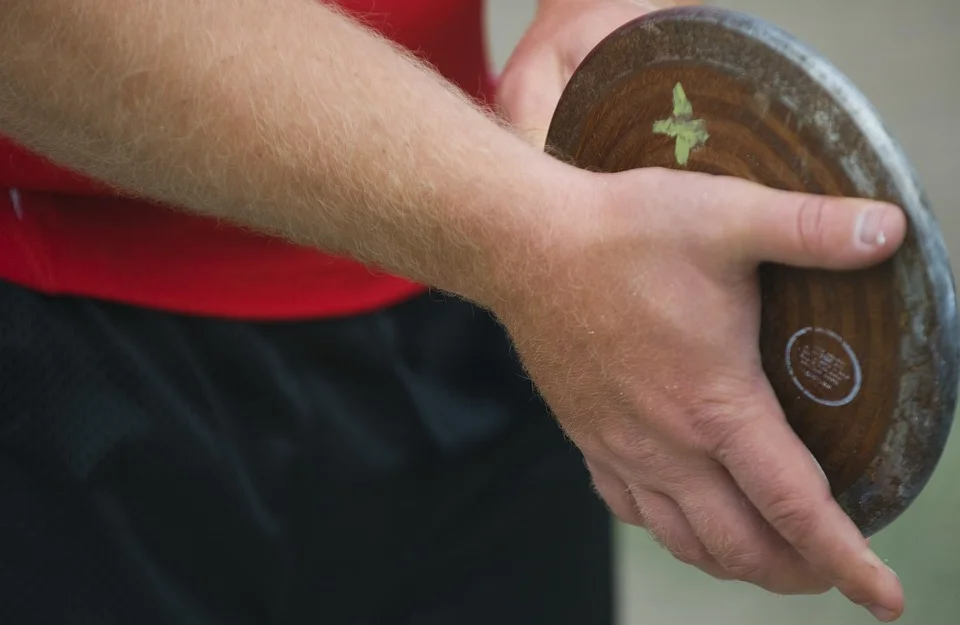Treatment Pyraminds
There are various models of treatment pyramids, however, I wanted to go over one by Jared Vagy, PT, DPT that I find particularly useful for physical therapists. The purpose of a treatment pyramid is to provide an outlined model for a clinician to follow when considering a client’s overall plan of care. This model is adapted from Clare Frank and Phil Page, both of which are nationally-recognized physical therapists for their contributions in movement education.
This is the pyramid interpreted from bottom to top, bottom being where a clinician would start and top being the last piece of treatment considerations[1]:
Education is first: Educate the client to ensure they understand what is going wrong to contribute to their pain. What activities do they need to modify or stop? Keeping the client in the loop from the get go is key so they can be an active participate in their care.
Unload the affected tissue: If a person is squatting with excessive foot pronation (foot collapse), and that foot movement is stressing the inside of the knee, the squat needs to be modified to continue, otherwise the tissue in the knee will never get a break.
Improve alignment and joint centration: Joints live, move, and work optimally in certain positions which is the concept of joint centration. The glenohumeral (ball and socket shoulder joint) is a good example because of how multi-directional it is. With an overhead throw, if an athlete can’t learn to keep the humerus centrated, it will continue to glide forward, irritating the anterior shoulder tissues.
Restore mobility and relative motion: This one is a little more self-explanatory. Restoring mobility at restricted joints can allow those joints to move with others harmoniously with others.
Utilize newly acquired motion: With mobility, always comes stability. If a client gains more range of motion, they need to learn how to use it safely.
Increase selective motor function: Selective motor control is the ability to isolate muscle activation for a specific task. This is where more work in reducing compensation patterns needs to occur.
Use the entire kinetic chain: The kinetic chain is the concept that joints and segmental effect each other in movement. For example, at this point with an elbow injury, the clinician needs to start training the wrist and hand as well as the shoulder girdle and core. For many activities, racket sports being a prime example, the clinician needs to look at the lower kinetic chain function with the upper.
Train the function and skill: This is return to sport training or work-specific training. For an athlete, this might include auditory and visual reaction times, agilities, acceleration training, and more.
This treatment pyramid is to act as a guideline rather than a rule, and as mentioned, there are several treatment models, some of which are extremely similar to this one. For clinicians out there, I’m open to learning more about other treatment models you have found useful. For clients reading this, I would suggest bringing this up to your physical therapist. If you feel confused with your plan of care, number one on the pyramid might be lacking.
RESOURCES:
1. Vagy, Jared. “The Athlete Movement System: Lower Quarter.” Medbridge, https://www.medbridgeeducation.com/course-player/play/20518/576

